Wood's ceropegia: proper home care
Inhabitants of regions with a temperate climate are drawn to exotic plants of the tropics and subtropics. And since it is impossible to grow them in the garden, then they are allowed to reign on the windowsills, picturesquely descend the walls. Looking at the blooming ceropegia wood, how not to dream of a warm summer, the tropical sun, of the outlandish plants of Africa and Asia.
Perennial herbaceous plants in the tropics often have a climbing stem, which allows them to be kept in the house as ampelous decorative elements of landscaping. It is easy to grow a beautiful plant, which allows you to easily admire the originality of flowers, unusual colors of the leaves. A representative of the Lastovnev family, ceropegia is known for several species. Ceropegia Wood is one of the most popular among florists.
Content:
- External features of the plant
- Growing conditions: lighting, temperature, humidity
- Competent plant care: watering, feeding
- Correct plant transplant, propagation methods
- Fighting succulent diseases and pests
External features of the plant
The plant got its name from the shape of the flower, which resemble both a parachute and a stylized fountain of water, frozen for a while. Ceropegia is a variegated plant in which not all cells synthesize chlorophyll. Hence the light spots, merging into an unusual pattern, on thin heart-shaped leaves. In strong light, the color of the leaves becomes more intense.
The decorativeness of all its parts attracts in a tropical flower.
The root of the flower is a strong gray tuber with a purple tint. As ceropegia grows, miniature nodules form in the leaf axils. They retain moisture well, so such a plant is not afraid of drought. These light yellow tubers are the plant's propagation material.
In Wood's ceropegia, the filamentous stems are so intertwined that they cannot even be unraveled. And you should not try to do this, otherwise the plant will be left without most of the leaves. Succulent bloom begins in spring. Then it is covered with light purple lanterns with a dark purple arch above the pharynx. The flowers, original in shape, will appear until autumn, opening on both young and old branches.
Growing conditions: lighting, temperature, humidity
Ceropegia refers to plants that require a hanging planter. The pot should be wide, shallow and high. The plant loves places where it will be well lit by bright sunlight. Wood is not afraid to get burned by them, but at too high temperatures reddish spots may appear on the leaves.
Better that the light is diffused. With constant exposure to direct sunlight, the leaves will acquire a dark shade, and ceropegia will bloom later. The best place for her in the house would be southwest or southeast.
A tropical succulent plant cold-bloodedly tolerates both high temperature and a sharp decrease in temperature.
During the flowering period, the air in the room should warm up to 25 degrees above zero, and before winter rest, you can lower the temperature, bringing it to eleven degrees. Another parameter - humidity - is not an important condition for Wood's ceropegia. She easily tolerates the dry air of city apartments.
Despite the fact that the plant comes from warm countries with a humid and hot climate, it easily gets along in other conditions, adapting to them.
Competent plant care: watering, feeding
The basis of Wood's ceropegia care is based on such important procedures as watering and feeding:
- A flower grows best when the soil is moistened two to three times a week when it comes growing season... Although the plant tolerates drought well, the soil dried out to the roots can lead to the death of the succulent. Therefore, if the topsoil begins to dry out, then this is a signal for watering. Watering is better with warm, well-settled water.
- To feed ceropegia, special complexes are used, produced for succulents and cactus... The use of nitrogenous fertilizers should be avoided. The plant is fed twice a month, and in winter, nutritional procedures are stopped.
Despite the unpretentiousness, pickiness of the flower, it needs care in accordance with the rules of agricultural technology.
Correct plant transplant, propagation methods
Ceropegia Wood needs transplants, so young plants are transferred to new pots annually, and adults - once every two or three years. The procedure contains a number of requirements:
- Pots are selected so that it is not too spacious.
- Be sure to place a drainage layer on the bottom of the container.
- A soil mixture of leafy earth, humus, sand is poured into the pot.
- It is important to add a little slaked lime and charcoal to the soil.
- The plant is transferred to another container, carefully placing the underground tubers and sprinkling them with soil. There is no need to untangle the stems.
If the transplant rules are followed, then the plant will not hurt, but only bloom profusely.
Of the available breeding methods, plants can be noted grafting... Cut shoots up to ten centimeters long root easily in wet sand at an air temperature of 17 degrees. Reproduction by tubers, which appear over time in the leaf axils, is also easy. For this method, it is necessary to cut off the shoots with two leaves and nodules and plant them in wet sand. Once they are rooted, the seedlings are placed in a separate pot.
Seed shoots appear quickly, especially when containers with them are placed in a polyethylene greenhouse. They need warmth and good watering. For ceropegia, ease of reproduction, growth, flowering is characteristic.
Fighting succulent diseases and pests
Not very often the plant is affected by fungal infections, which are manifested by various rot, mold. You can fight them by spraying with phytoncides, washing the plant under running warm water.
In order not to bring the plant to disease, it is necessary to better monitor the condition of the soil, air temperature. High humidity leads to the appearance of fungi. As soon as the leaves begin to fade and the plant becomes lethargic, watering should be reduced. And if necessary, transplant a flower by changing the soil.
Of the problems in the growth of a succulent, the following can be noted:
- The stems become thinner, elongated, the leaves become small - the flower does not have enough light, it is necessary to choose a brighter side of the house for it.
- When ceropegia wood is not covered with flowers in spring and summer, it means that it has little light and nutrients.
- The yellowness of the leaves and their falling off is a signal that the plant is cold, and the ground in the pots is excessively wet.
Of the pests, rarely anyone attacks a tropical alien. Spider mites can sometimes be found, but they can be dealt with quickly.The pest settles on the inside of the leaf, sucking the juices, enveloping the flower with cobwebs. You can get rid of the mite by spraying the infusion of onion peels. To do this, take 20 grams of husk and fill it with a liter of hot water.
It is necessary to process the plant three times with an interval of ten days. Pollination of the underside of the leaves with powdered sulfur is also effective. Insecticidal preparations such as Intavir will help to destroy the pest.
Ceropegia Wood is a wonderful flower that does not require special care and is distinguished by good health.
Ceropegia can be infected from other plants aphids... If it appears, it is necessary to spray the leaves with a decoction of tobacco, which is prepared from half a kilogram of tobacco waste or tobacco dust for two liters of water. The solution is insisted for a day, and then diluted by taking two tablespoons per liter of water. Other insects bypass the tropical plant.
More information can be found in the video:





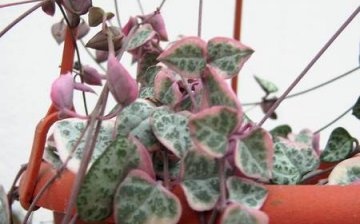
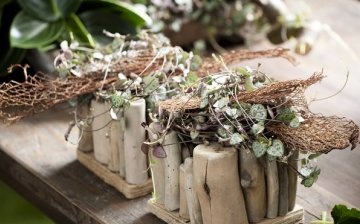
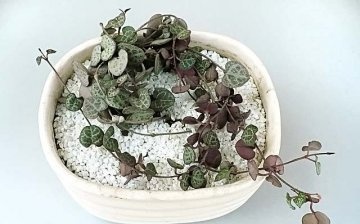
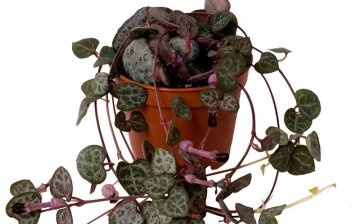







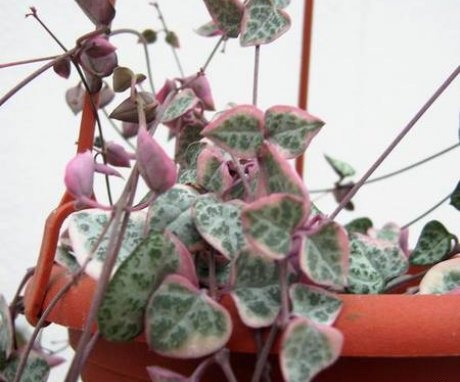
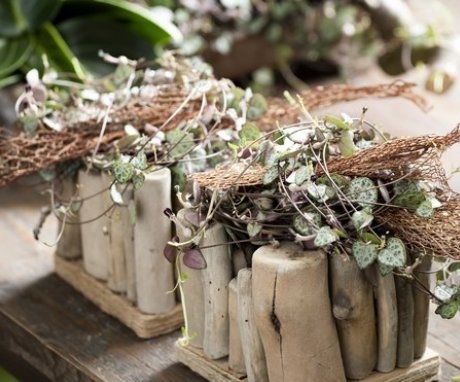
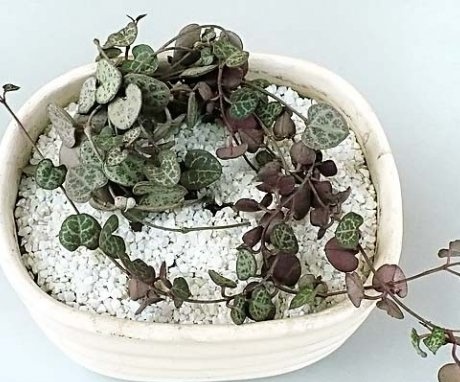
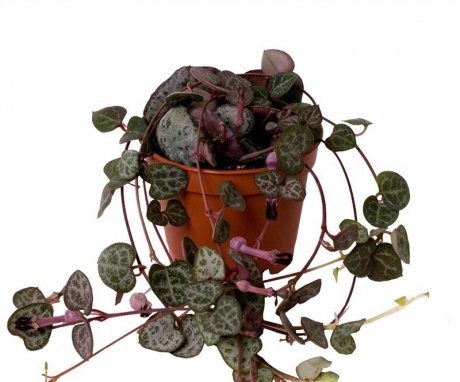
I am fond of growing indoor flowers, and among them such an amazing plant as Wood's Ceropegia has taken root. The most important thing is that the flower feels good and does not get sick, it is necessary that the room be warm and water it only with warm water, otherwise the plant will immediately start to hurt.